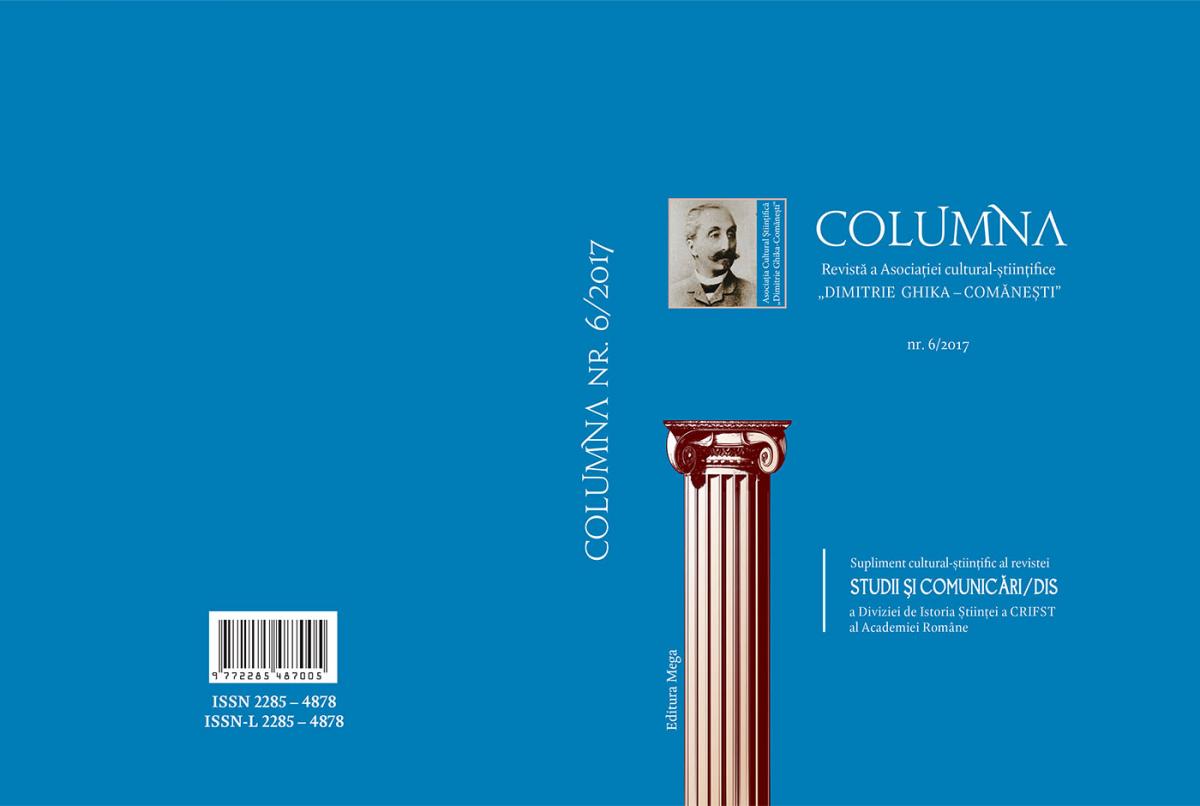Simetria – concept în atenția ştiinţei secolului al XX-lea
Symmetry – concept in the attention of 20th century science
Author(s): Eufrosina OtlăcanSubject(s): History of Art
Published by: Asociația Cultural Științifică „Dimitrie Ghika-Comănești”
Keywords: symmetry; asymmetry; geometry; science; beauty; equilibrium; fundament;
Summary/Abstract: In introduction it is presented a short history of the symmetry, concept used by different sciences. Symmetry is associated with asymmetry, its opposite concept; the alternative symmetry/asymmetry gives birth to dynamic processes which reign over the natural phenomena and social life. Generally the symmetry means the regularity, proportionality, harmony between parts of a whole. In biology symmetry means order of parts of an animal or a plant; in chemistry the symmetry is the fundamental property of the atoms in molecules or in crystals; in physics the symmetry is the concept of equilibrium, illustrated by fundamental laws; in nature symmetry is the fundamental concept of beauty, it corresponds to the equilibrium, order, being considered as a divine principle. In social relations and into humanities the symmetry expresses reciprocity, empathy, dialog, respect, justice. The paper enumerates some scientific fields which use the concepts of symmetry and asymmetry, with theoretical and practical importance. These domains are: biomedical informatics, genetics, neurology, psychology, military theory, crystallography, linguistics. The necessity of alternation symmetry/asymmetry is proved in quantum mechanics and the role of this alternation was made evident by subatomic physics.
Journal: COLUMNA
- Issue Year: 2017
- Issue No: 6
- Page Range: 43-49
- Page Count: 7
- Language: Romanian

